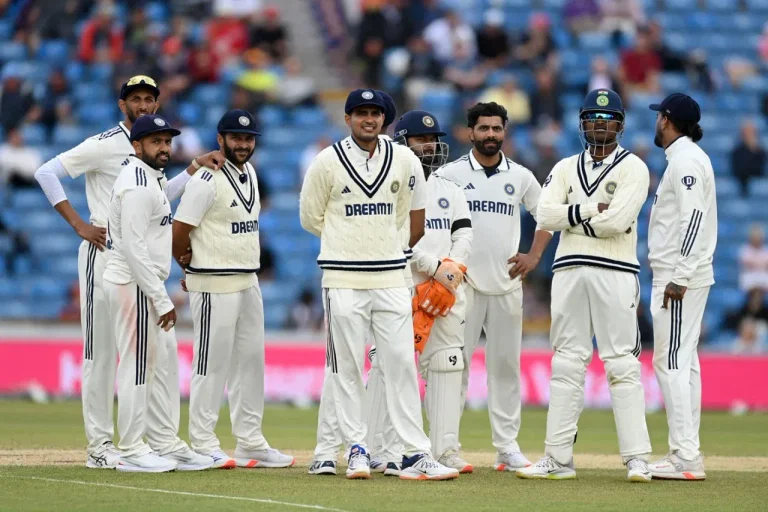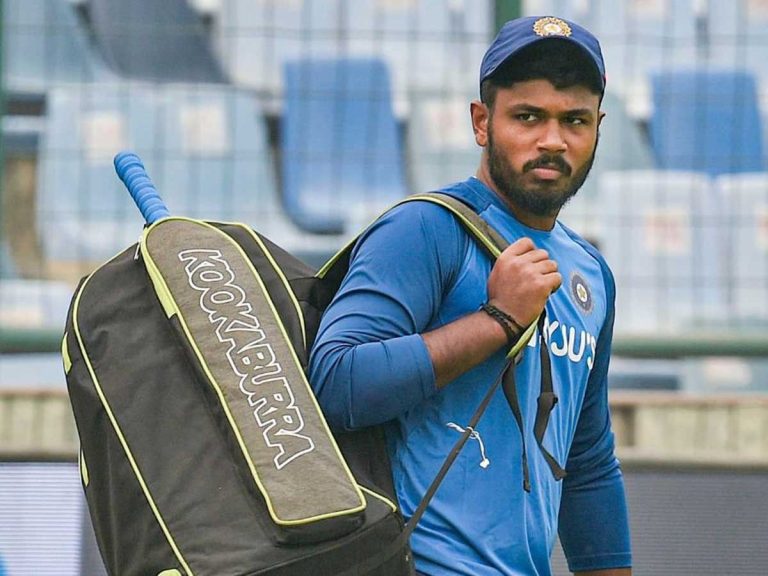
In the pantheon of modern cricket’s most polarizing figures, Rishabh Pant occupies a unique position. His 134-run masterpiece at Headingley during India’s Test series opener against England serves as a microcosm of everything that makes him simultaneously cricket’s most exhilarating and exasperating talent. This innings, played across four hours and 178 deliveries, demands deeper examination beyond its statistical beauty.
The Context: A Career at Crossroads
Pant arrived at Headingley carrying the weight of history and expectation. His record of falling seven times in the 90s had earned him the dubious distinction of being among the worst converters of 90s to centuries in Test cricket history. For a player whose career has been defined by moments of brilliance punctuated by inexplicable lapses, this century represented more than just runs on the board—it was a statement of intent and maturity.
The innings began with characteristic restraint on Friday, a departure from his usual modus operandi. At 65 not out overnight, Pant faced the classic Test match conundrum: accelerate and risk his wicket, or consolidate and potentially waste a promising position. His response would define not just this innings, but perhaps his entire approach to Test cricket.
Technical Brilliance Masked as Chaos
What superficially appears as reckless abandon reveals itself, upon closer inspection, as calculated genius. Pant’s ability to manufacture runs from seemingly impossible positions stems from two fundamental strengths: extraordinary wrist work and intuitive footwork. His Saturday performance showcased both in abundance.
The falling paddle sweep that drew admiration from Sachin Tendulkar exemplifies Pant’s technical innovation. Far from an accident, this shot demonstrates his ability to use gravity and momentum to his advantage, getting under the ball while maintaining control over its trajectory. Such shots appear crude to the untrained eye but represent sophisticated understanding of physics and timing.
His charge into the 90s—a falling-over ramp shot followed by a pulled six—demonstrated his psychological approach to pressure. Where lesser players might tighten up, Pant embraces the chaos, using adrenaline as fuel rather than hindrance. This counterintuitive approach to pressure situations has become his signature, though it remains his greatest strength and weakness.
The Moment of Truth: 99 to 100
The transition from 99 to 100 encapsulated Pant’s entire philosophy. Conventional wisdom dictated a safe single to reach the milestone. Instead, Pant hoicked a six over cow corner, completing his century in trademark fashion. This moment transcended mere showmanship; it represented a fundamental rejection of cricket’s conservative orthodoxy.
This was Pant’s third century completed with a six, all against England, joining an elite group that includes only Rohit Sharma and Sachin Tendulkar among Indian batsmen. The statistic reveals not just his preference for drama, but his comfort with pressure and his ability to execute under the most intense scrutiny.
Strategic Evolution: Maturity Within Mayhem
Perhaps the most encouraging aspect of this innings was its strategic intelligence. Pant’s decision to play conservatively on Friday before unleashing his natural game on Saturday demonstrated tactical awareness that has often been questioned throughout his career. This suggests an evolution in his understanding of match situations and his role within them.
The 209-run partnership with captain Shubman Gill showcased another dimension of Pant’s game: his ability to complement other batsmen’s approaches. While maintaining his aggressive intent, he showed restraint when required, allowing Gill to establish himself while building toward his own milestone.
Historical Significance and Record-Breaking
With this century, Pant surpassed MS Dhoni’s record of six Test centuries for an Indian wicketkeeper, establishing himself as the most prolific century-maker among Indian glovemen. More significantly, he became the only visiting wicketkeeper to score multiple Test centuries in England, a testament to his ability to adapt to challenging conditions.
These records carry particular weight given the traditional role of wicketkeepers in Test cricket. Historically viewed as specialists who could contribute useful runs, Pant has redefined the position, proving that wicketkeepers can be primary run-scorers rather than mere contributors.
The Gavaskar Paradigm: From Criticism to Celebration
The evolution of Sunil Gavaskar’s commentary on Pant’s approach provides fascinating insight into cricket’s changing attitudes toward risk and reward. Gavaskar’s infamous “stupid, stupid, stupid” criticism of Pant’s dismissal in December transformed into “superb, superb, superb” praise for this century, reflecting not just changed circumstances but evolving perspectives on aggressive cricket.
This transformation illustrates the broader debate surrounding Pant’s approach. His critics argue that his methods are unsustainable and potentially damaging to team objectives. His supporters contend that his ability to change match situations rapidly outweighs the occasional failure. The truth, as demonstrated at Headingley, lies somewhere between these extremes.
Areas for Improvement: The Unfinished Symphony
Despite the brilliance on display, certain aspects of Pant’s game remain works in progress. His conversion rate from promising positions to substantial scores continues to be a concern. While this century addressed his specific weakness in the 90s, broader questions about consistency remain.
His shot selection, while generally astute, occasionally borders on the reckless. The fine line between calculated risk and unnecessary danger requires constant calibration, particularly in Test cricket where patience often trumps aggression.
The Tactical Implications
From a team perspective, Pant’s innings raises interesting questions about India’s approach to Test cricket. His success with aggressive methods in challenging conditions suggests that India’s traditional emphasis on patience and accumulation might benefit from periodic injection of controlled aggression.
The innings also highlights the importance of backing players to play their natural games. Pant’s effectiveness stems largely from his comfort with his own methods. Attempts to significantly alter his approach risk destroying the very qualities that make him effective.
Broader Impact on Test Cricket
Pant’s century at Headingley represents more than individual achievement; it exemplifies Test cricket’s evolution. In an era where the format faces increasing pressure from shorter versions, players like Pant demonstrate that Test cricket can be both strategically sophisticated and viscerally exciting.
His approach challenges traditional notions of Test match batting, proving that aggression and patience are not mutually exclusive. This innings serves as a template for how modern Test batsmen might approach challenging situations: with intelligence, courage, and unwavering self-belief.
Conclusion: The Paradox Resolved
Rishabh Pant’s century at Headingley represents the resolution of cricket’s great paradox: the tension between individual expression and team requirements. His innings demonstrated that spectacular individual performance can serve collective objectives, that calculated risk can be more effective than blind caution, and that cricket’s future lies not in choosing between tradition and innovation, but in synthesizing both.
The somersault celebration that followed his century—performed in full padding, helmet discarded—perfectly encapsulated the joy and freedom that Pant brings to cricket. It was a moment of pure, unfiltered happiness that reminded everyone watching why they fell in love with the game in the first place.
As India’s Test team continues to evolve, Pant’s approach offers a blueprint for success in challenging conditions. His century at Headingley proved that with sufficient skill, intelligence, and courage, even the most unconventional methods can produce conventional results. In cricket, as in life, there are many ways to reach the destination. Rishabh Pant has simply chosen the most entertaining route.
This innings will be remembered not just for its runs, but for its demonstration that cricket’s future belongs to those brave enough to chart their own course while smart enough to serve their team’s needs. In that balance lies the essence of great Test cricket, and Rishabh Pant has mastered the art of maintaining it.






